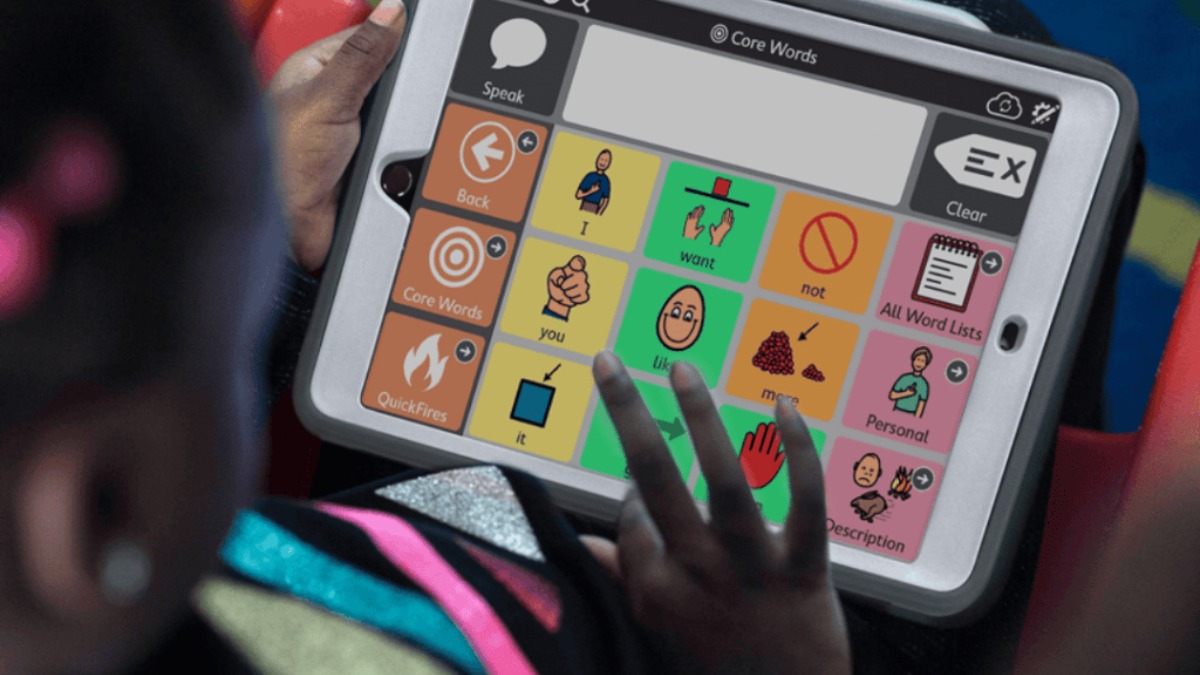A Guide to Using Floortime in School IEP Goals Effectively
April 23, 2025
Learn how to incorporate Floortime techniques into IEP goals for autism support. Enhance developmental therapy and create effective school plans.

Key Points:
- Integrating Floortime into IEP goals supports a child's developmental growth.
- The DIR Floortime model targets individual developmental delays through play-based therapy.
- Understanding how to tailor Floortime to IEPs can improve communication, social, and emotional skills in children.
A study involving 34 children aged 2 to 6 years reported that 47% achieved substantial progress, increasing by 1.5 Functional Developmental Levels (FDLs) or more after one year of home-based intervention averaging 14.2 hours per week. This underscores the potential of DIR/Floortime in enhancing developmental outcomes for children with ASD.
What are Floortime IEP Goals and How Do They Fit into School Plans?
Floortime IEP goals are designed to be developmental, focusing on the child’s growth in areas such as emotional regulation, social interaction, and communication. This approach aligns with the broader goal of IEPs: to ensure children with autism can succeed in the classroom and in daily life. The aim of integrating Floortime into an IEP is to provide individualized strategies that help children reach developmental milestones.
Floortime’s emphasis on developmental progress over specific behavioral targets makes it unique compared to other therapies often used in IEPs. In Floortime, the therapist or educator uses play and guided interaction to enter the child’s world and then gently stretches their abilities in emotional and social areas. As an IEP goal, Floortime focuses not just on the outcome (e.g., improved communication), but also on the process of engagement and emotional growth that supports long-term progress.
For example, one Floortime IEP goal might focus on improving a child's ability to initiate and sustain joint attention, which is critical for communication and social interaction. By tailoring IEP goals to a child's specific developmental level, Floortime ensures that each child receives support that is relevant to their individual needs.
4 Key Elements to Consider in Creating Floortime IEP Goals
Integrating Floortime into an IEP requires a comprehensive understanding of the child’s current developmental stage and their specific needs. When creating goals, it’s essential to consider several key elements to ensure the child benefits from the Floortime approach.

How to Implement Floortime IEP Goals in a Classroom Setting
Implementing Floortime IEP goals requires creating an environment in which the child can thrive developmentally. Schools and therapists need to incorporate the principles of Floortime into everyday classroom activities to facilitate social interactions and learning opportunities. This requires thoughtful integration into the structure of the child’s day.
One of the most effective ways to implement Floortime is through consistent and intentional play-based activities that reflect the child’s interests.
Teachers and therapists should plan interventions that allow for structured play and spontaneous interaction, meeting the child where they are developmentally. Additionally, focusing on emotional connections and understanding the child’s sensory needs can significantly enhance the implementation of Floortime within the classroom.
For example, a goal related to social engagement might involve participating in a group activity, such as a simple game or collaborative task, with the guidance of a therapist. The child would first learn to focus their attention on the activity, then gradually increase their level of participation, as they gain confidence in communicating with peers and educators.
The Role of Parents in Supporting Floortime IEP Goals
While educators play a central role in supporting Floortime IEP goals, parents are equally important in reinforcing these strategies at home. Effective communication between parents and educators ensures that the child’s developmental goals are supported consistently in all settings.
Parents can participate by engaging their child in daily activities that promote developmental milestones. Simple activities like reading books together, playing with toys that encourage imagination, or engaging in sensory play can strengthen the child’s developmental abilities. Parents can also work alongside educators to monitor progress and provide feedback on how the goals are being met in the home environment.
Challenges in Implementing Floortime IEP Goals
Despite its many benefits, integrating Floortime into IEP goals can present challenges. One of the biggest obstacles is the need for specialized training for both educators and parents. Floortime therapy requires a deep understanding of the developmental process and a commitment to individualized, play-based interventions.
Another challenge lies in measuring progress. Unlike traditional IEP goals that focus on specific academic or behavioral outcomes, Floortime emphasizes more subjective developmental progress. This can make it harder for educators and parents to measure success in concrete terms. However, with proper documentation, consistent feedback, and collaboration, these challenges can be overcome.
Integrating Floortime into IEP goals offers a powerful way to support children with autism in their emotional, social, and cognitive development. By understanding the principles of Floortime, setting clear and achievable goals, and collaborating effectively with parents and therapists, educators can help create a supportive and engaging learning environment. Overcoming challenges through training and communication further enhances the success of this approach, allowing students to make meaningful progress in their development.
Promote Your Child's Development with DIR Floortime Therapy
If you are looking for a way to integrate developmental therapy into your child’s IEP, consider the benefits of DIR Floortime therapy. DIR Floortime is a proven model that targets developmental growth through a personalized approach, using play to support each child’s emotional, social, and cognitive development.
At WonDIRfulPlay, we specialize in offering DIR Floortime therapy to children, helping them achieve their IEP goals in a nurturing and individualized environment. Based in New Jersey, we work closely with parents and educators to create a comprehensive developmental plan that fosters growth across all areas of life. Let us support your child's developmental journey and work with you to create a lasting impact.
For more information about our DIR Floortime services, or to schedule a consultation, contact us today!
Recent articles

















.jpg)


.jpg)






.jpg)











.jpg)
.jpg)

.jpg)
.jpg)
.jpg)



.jpg)
.jpg)
.jpg)

.jpg)
.jpg)

.jpg)



.jpg)


.jpg)
%20(1).jpg)

.jpg)






.jpeg)









.jpg)
.jpg)
.jpg)
.jpg)
.jpg)


.jpg)
.jpg)
.jpg)
.jpg)
.jpg)
.jpg)
.jpg)
.jpg)
.jpg)
.jpg)
.jpg)
.jpg)
.jpg)
.jpg)
